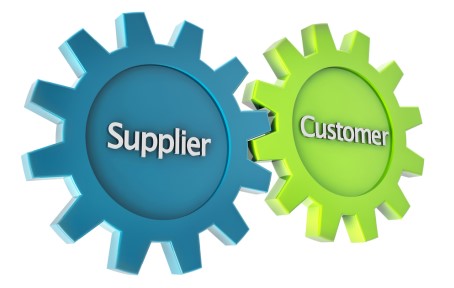Are you Relying on Guesswork to Calculate Landed Costs?
- June 7, 2022
- 3 Mins Read
- 1245 Views

Distributors are in a jam. We all want to assess sources of supply from all around the globe. But how do we compare an off-shore with an on-shore supplier? Or a supplier that prefers to include freight costs to my dock to one that expects me to handle the shipment?
With all these challenges, is your organization able to truly compare “apples to apples” costs across on-shore and off-shore supplier submissions, when on a landed cost basis?
What Goes into Your Landed Costs?
Landed cost is the total cost of an item once it reaches your location and can include multiple elements: product and shipping costs, custom charges or duties, taxes, customs broker fees, or any other costs incurred in transit. To make the correct decision on which supplier to source for each request, you must know the landed cost, not just the purchase cost. Calculating the optimal pricing to ensure competitiveness while maximizing profits starts with an accurate “cost of acquisition”. Sure, you could add an average markup across the board, but that’s not going to give you accurate data at the end of the month. Tracking on a per-item basis helps you determine competitive prices and actual sales margins per product.
Landed costs can include:
- Insurance
- Customs
- Exchange rates
- Demurrage fees
- Free on board (FOB)
- Export license
- Port charges
It’s a no-brainer that freight costs need to be reflected in your prices – you want to do all you can to increase your customer base and profits. But doing so manually in spreadsheets adds hours of extra labor and is prone to errors – which could result in more hours wasted in fixing those errors, or worse, lost revenue. There are better things your quoting team could be doing with their time.
But capturing all your cost drivers in one place is no easy task. Fluctuating component and commodity costs and multiple currencies only serve to add complexity to an already dynamic process. To make matters even more challenging, all this information needs to be delivered to your customers in less time than ever before.
Automating these calculations is a simpler and more accurate way to calculate landed costs for your business. And you’re not just getting faster calculations: with your data plainly laid out for you to see, you can optimize your inventory. You already have the data, it’s time to turn it into a superpower to help your company navigate this supply chain crisis and emerge as a victor.
Don’t Base Your Landed Costs on Guesswork
QSTRAT Sourcing and Supplier Management allows you to capture all the information for the calculation of landed cost either from your suppliers, freight companies and government websites to ensure your landed cost calculations are made correctly and automatically, based on the combination of source, destination, material type, etc.
With QSTRAT Sourcing and Supplier Management, you can also:
- Pass detailed source cost information to other QSTRAT applications for complete quotation lifecycle management
- Accurate and reproducible costing and pricing analyses for buy/sell environments
- Incorporate a variety of methodologies and cost drivers
- Central and secure repository of all quote data
- Built-in assortment of reports including simple and detailed
- Use configurable dashboards to review status and performance of the sourcing process.
QSTRAT – An end-to-end sourcing, customer quoting and costing
solution
Don’t base your important business decisions on guesswork and error-prone spreadsheets. Give your business the power to make informed decisions based on a smooth and efficient sourcing process to ensure success in the future.
To learn more about QSTRAT costing or the full QSTRAT suite, or to book a demo, get in touch!



